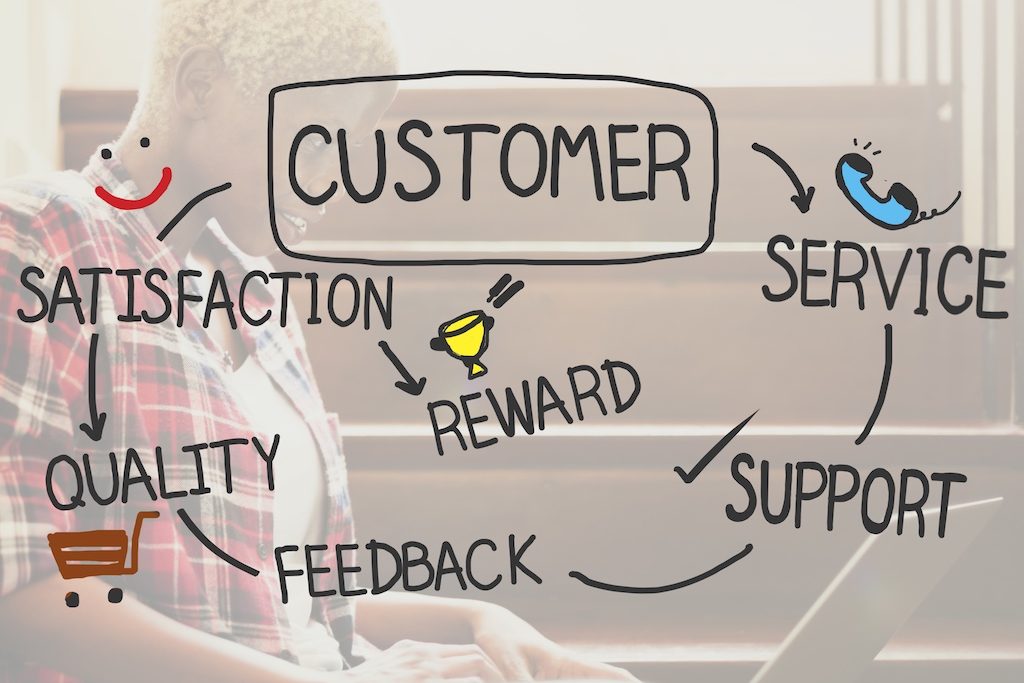I am going to tell you something obvious – the ROI of customer centricity is huge.
Take UX for example. If I tell you that the ROI on UX is significant, what would you say?
There is a good chance either you know this to be a fact or your guts tell you that it’s obviously true – the devices, software and apps you use and love all have a great UX and the ones you don’t use, don’t. And if you’re the type that wants evidence, here are some posts on UX ROI to read later:
How To Calculate the ROI Of Your UX Activities
10 stats that demonstrate the ROI of UX
Product Management has the same focus on customer and business value, with some parts of their roles overlapping.
What’s also probably true is your company doesn’t act like they really believe that these customer centric disciplines are top table, business critical functions. Once upon a time I can admit that I didn’t think UX was.
Eight years ago when when I founded my first VC backed SaaS business we massively undervalued and therefore underinvested in UX. We were all about the data and thought users would love us for it – we were the sort of people that used Excel anyway and anything we created would be better.
Needless to say, this is one of the mistakes I made that was corrected during the evolution of the product. However, the effort to get agreement from the other members of the executive team for the investment required was way too hard by the time we realised we needed to make the change.
The invisible hierarchy of importance and authority
In a number of SaaS companies I’ve seen a similar set of issues with both Product and UX teams. There often appears to an invisible and never talked about hierarchy of functional importance and authority. And depending on the leadership that sits at the top this can change.
Typically business leaders come via Finance so the invisible hierarchy puts the Finance & Sales functions at the top, CSM, Product, Engineering & Marketing jockey for position in the middle, and child functions that sit below include the likes of UX, HR & Payroll.
I come from a Marketing, Sales, Product path and am aware of my own biases, but feel I can now say with confidence that there can only be one thing at the top of any importance and authority hierarchy (if there has to be one) and that’s the ‘customer’. The teams that spend most time obsessing over the customer, finding and unlocking the shareholder value, are the Product and UX teams.
Shareholders, CEO’s and Finance team should want to know more about the customers the business is solving problems for now and in the future and the value being addressed. Instead most conversations are about Sales, CAC, and Churn of periods gone and the targets of periods to come. All critical things to talk about, but all are dependent on that ability to know and address the customer better than the competition, and their level of happiness & satisfaction with a product.
How many board packs are tracking and REALLY talking about things like:
- Usage data
- User reviews, ratings and NPS
- Customer development
- Sales intelligence briefings
- Investment in genuine product innovation and Moments of Truth
- Roadmap backlog opportunity value and cost
Have agenda items and time committed to talk about these with sufficient depth, and you have ways of focusing conversations on the thing that is the oxygen for Engineering, Marketing, Sales, CSM and Finance – The User’s Experience with your Product.
So here’s a simple alternative hierarchy waterfall, starting with the customer:
Customer Centric Teams: Product / UX / CSM
Understand the customer, have the right strategy, and ensure you build the right product with the right UX so that every other team can function, and you’re focused on customer success.
Engineering Teams
Know the mission and have clarity on what they are building and for whom.
Marketing Teams
Need to know the customer & market, so can successfully take a high value proposition to the market – a product that sells is so much easier to market and get results with.
Sales Teams
They can have confidence in what they’re selling, Sales Development Reps (SDR’s) can create real qualified interest, Sales Reps (SR’s) can focus on moving to close deals, hit quota, hit OTE’s. This retains and attracts more sales talent – who doesn’t want to sell a winning product?
HR
HR can retain and attract ever more talented people, fuelling the next wave of product and market advantage.
Finance
If you’re thriving, finance is so much easier to manage and you can ensure capital is both available and managed, and of course shareholder options for maximizing returns are optimized.
Now don’t just believe, act
Most people at this point nod and think that’s all reasonable. It’s alright that everyone acknowledges the critical nature of knowing which customers you address and solve problems for, but (and this is a BIG BUT) it’s another to live what that means and get everyone to lean in and get behind the mission and focus. And this means action! Actions come in the form of investment and empowerment of people, research and development, education, and ultimately engineering velocity – knowing the path and moving along it fast enough are not the same thing.
You must guard against product irrelevance
Software is getting easier and faster to engineer which means development cycles are getting shorter. When combined with consumers having greater access to buying information than ever before, I’d like to leave you with one thought:
It has never taken less time than for a product to go from relevant to irrelevant. Your only safeguard is not more sales effort, or marketing dollars – it’s better Product and UX.

